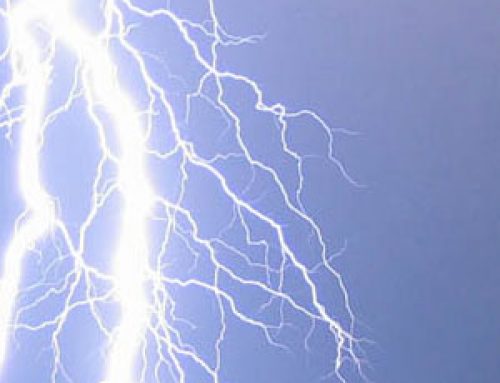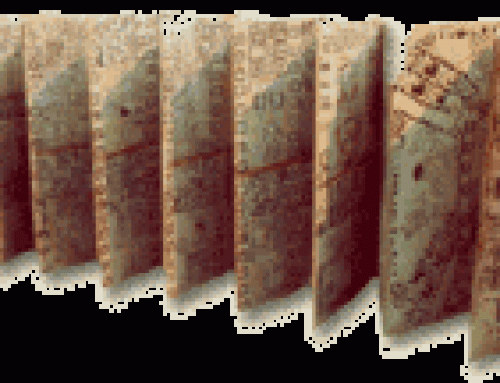During the Ming Dynasty in the 1500s and 1600s AD, the strongest influence on Chinese literature came from Central Asia, where the world’s great universities and libraries were then located. Chinese novelists reinterpreted the stories they heard from the Shahnamehand other Central Asian sources, and made them more Chinese. This was the high point of Chinese fiction, giving us the Fengshen Yanyi and the Journey to the West, among many other novels.
The 1700s, under the Qing Dynasty, were a less exciting time for Chinese literature, but many new novels, plays, and poems were published. Slowly writers began to experiment with using modern Chinese instead of classical Chinese, so more people could appreciate their work: Shen Fu’s autobiography, Six Records of a Floating Life (written about 1800 AD) is a good example.
During the 1800s, Central Asian influence over China increased again. More and more Chinese writers began to read Russian novels like those of Dostoevsky and Tolstoy. Like the Russians, they became interested in Communist ideas. Chinese writers began to write in a more modern style. Instead of writing about religion and philosophy, they turned to political issues. Writers spoke out against oppression and inequality.
Once Mao Zedong’s Communist government took control of China, however, he didn’t want to hear about these problems anymore. As in Russia under Stalin, Mao banned Chinese writers who spoke out banned or sent them to punishment camps.
Since the 1980s, more Chinese writers have begun to read European and American literature, and to write in a more European style. Some are looking for ways to build on the classic Chinese literature with new work. But there is still a lot of government control over what gets published, and many Chinese writers still can’t publish their books.




